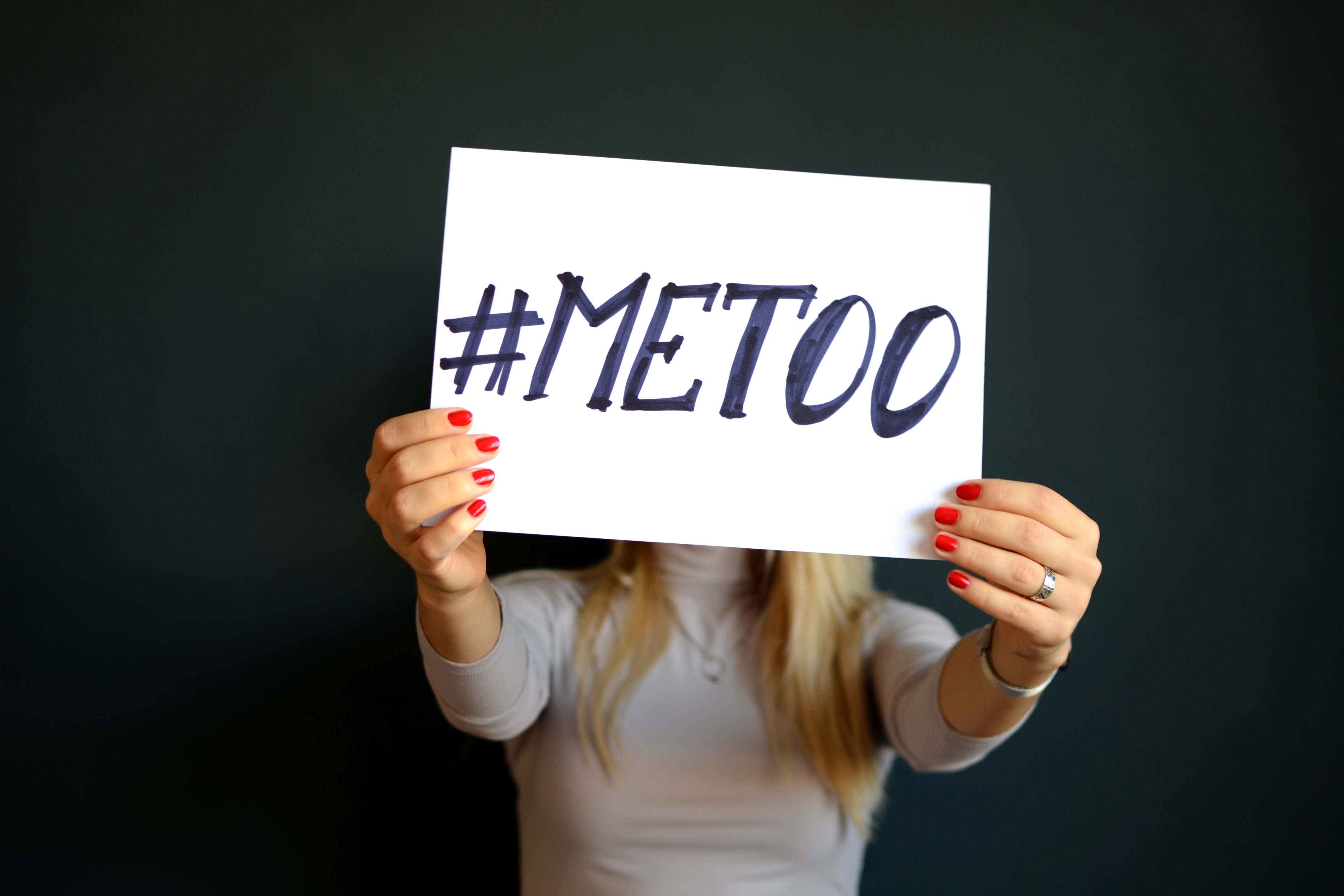Donors, Fundraisers, and #MeToo
Did you know that 1 in 4 female fundraising professionals faces sexual harassment on the job? And that 65% of those women say that the Perpetrator was a Donor? I recently read the results of a survey done by the Association of Fundraising Professionals and The Chronicle of Philanthropy on the prevalence of sexual harassment in our industry, and the results were eye-opening.
I realize this is a tough topic. But before you move on, I ask that you don’t assume this problem doesn’t apply to you or your organization. As fundraising professionals, we are often surrounded by individuals with more power than we have, like donors, board members, and supervisors. Sometimes that power dynamic creates an environment with frequent opportunities for sexual harassment to occur.
The #MeToo movement has gained momentum and drawn attention to the prevalence of this problem in our society as a whole. In fact, the Time’s Up Fund to Fight Sexual Harassment has raised $21 million around the world in a matter of weeks.
This has the result of helping victims, including those in the fundraising profession, to feel more willing to share their experience with leadership, and to expect an appropriate response. Is your organization prepared for that scenario? If not, here are some steps you can take to be more prepared:
1. Talk about it. Share the results of this study with your leadership, your staff, and your board members. Say out loud that sexual harassment will not be tolerated at your organization, no matter who the Perpetrator is.
2. Create a process. Do your Human Relations policies tell an employee what to do if they have been a victim of sexual harassment at the workplace? If not, create a process for them to follow and make your employees aware of it. Also consider creating a crisis response PR plan you could follow if your organization is suddenly put in this spotlight.
3. Attend a training. Learn what you should do if you witness or experience harassment and how to respond if someone shares with you that they have been a victim. Some training opportunities are available with Zoe Training.
4. Say goodbye. Maybe you have a board member or major donor who is actually a Perpetrator of sexual harassment. These actions may lead to that person leaving the board or taking their donations somewhere else. Be okay with this possibility! You’re better off creating a safe environment for yourself and your employees, even if you lose donations as a result.
These are steps you can take now. Better to take them before a crisis than during or after. And even if you never have a crisis, the intangible benefit of a better culture for your staff is worth it!
Photo by Mihai Surdu on Unsplash

